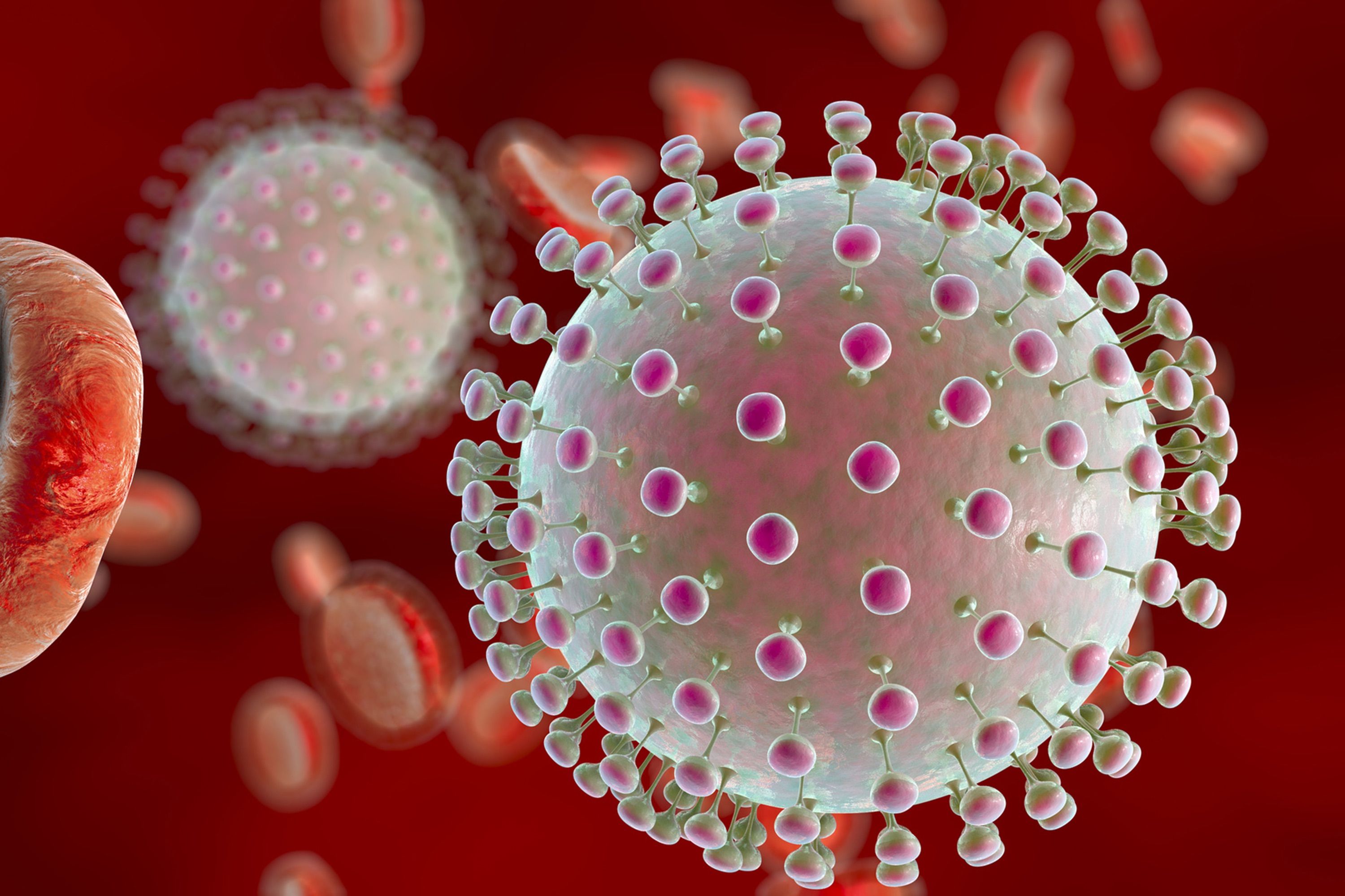
Last August, a seaside city in Brazil noticed mutations in babies at a maternity ward. This brought both worry and fear to those in the medical field because of the abnormalities and the unknown source. Although many of the babies seemed healthy, doctors were stumped since Zika was such an uncommon virus. As the cases of deformed infants grew, so did the worry of infectious countries. These babies born with deformed, tiny heads and regular sized features have contribut- ed to the declaration of a public health emergency by the World Health Or- ganization. Finally, in April of 2015 after the testing of over 6,000 patients, doctors were certain it was Zika. Zika is contracted by a pathogen through contact with Aedes aegypti mosqui- toes. The symptoms include flu-like symptoms, including a pink rash, bloodshot eyes and joint pain. The worry is strictly for pregnant women, those who may become pregnant as well as those who may have been in contact with a male who has visited the countries with the virus.
This has led to an unthinkable request: for women to delay having babies. The virus now threatens these fragile countries, especially for the 2016 Summer Olympics, which will be held in Rio de Janeiro. It has also opened controversial discussion in the Roman Catholic communities in regards to abortion and birth control.
Although the virus has been around for many years, (discovered in the Zika Forest in Uganda in a monkey in 1947) new information about Zika is unfolding daily. Since the virus is causing a significant amount of fear in developing countries, that does not mean the United States has nothing to worry about. Over three dozen Senate Democrats wrote to President Obama urging him to develop a coordinated response plan addressed towards the Zika virus for both our nation and overseas, in order to protect children and those who may be pregnant. According to the NYTimes, the Senate committee overseeing public health policy will hold a hearing on the Zika virus on Wednesday, Feb. 24.
Cases have been found in Africa, Asia and in the South Pacific. A case was even found in New York City, prior to its outbreak in Brazil. The virus has hopped islands and countries for years and will continue to do so until enough medical research can be done. It is predicted that if Zika does try to make its way to the U.S., it will not be as serious as it is in third world countries, due to our higher quality mosquito control and polar environmental settings.
As for those who may be traveling to foreign countries both over spring break or for service trips, “Zika is one of many insect-borne diseases that travelers should be aware of and mos- quito bite protection is one of the best ways to reduce your risk of exposure,” Susan M. Fitzgerald, RN, BSN, Direc- tor of Health Services said. “[It is ad- vised to] wear long-sleeved shirts and long pants, stay in places with air con- ditioning or that use window and door screens to keep mosquitoes outside, [and] sleep under a mosquito bed net if you are overseas or outside and are not able to protect yourself from mos- quito bites.”
For more information about the virus and other travel related information, see the CDC’s website at www. cdc.gov or contact Health Services at 610-902-8531.


